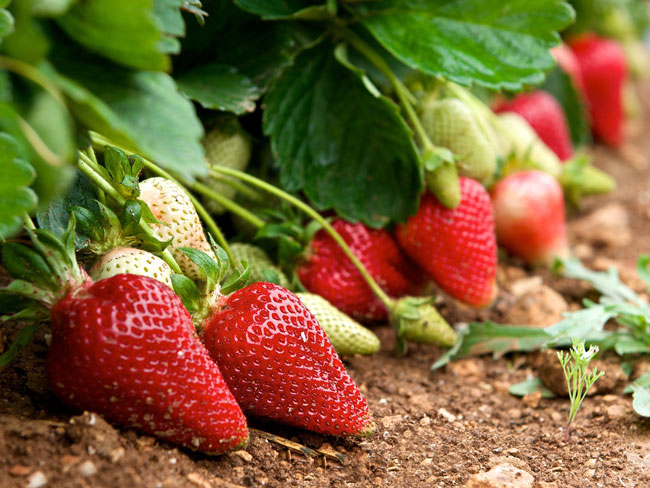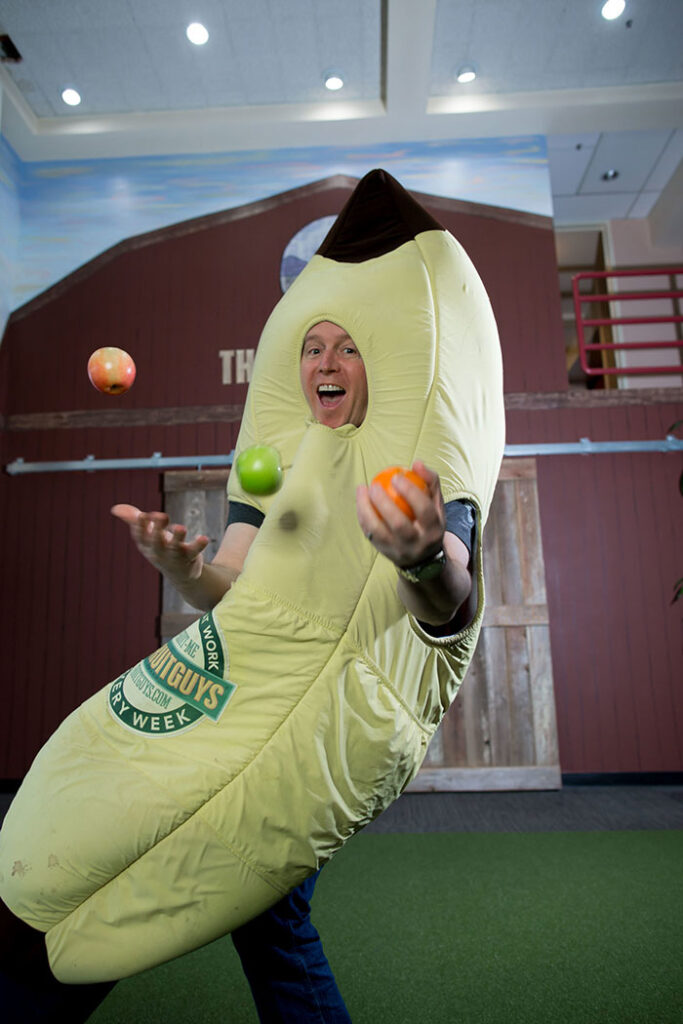Spring Fruit, Equinox Magic, and Celestial Serpents
- By Erin Mittelstaedt
- Last Updated On
- Reading Time: 2 mins.
Last Thursday, March 20, at 5:01 a.m. EDT, the sun crossed the celestial equator (an invisible line in the sky directly above Earth’s equator). It bathed the northern and southern hemispheres in equal light and effectively made the day and night the same length all over the world. While the symmetry isn’t exact—in North America, we receive roughly eight more minutes of daylight than night on the equinox—the idea has been sitting with me.

Equinox Magic
Twice a year, everyone in the world gets half a day of light and half a day of dark. Everyone in the world can see the sun rise due east and set due west (unless they’re off chasing penguins and polar bears at one of the poles). In a time when it feels like more things separate us than bring us together, I find this idea of a day of balance we all experience quite comforting.
The word equinox comes from the Latin aequus and nox (“equal” and “night” for those of us who aren’t up on our Latin). Many ancient civilizations celebrated celestial events like the equinox. At the Maya site Chichén Itzá in Mexico, the sun creates a shadow pattern during each equinox that resembles a serpent. It slithers down the pyramid of Kukulcán (the feathered snake god) as the equinox arrives. The Persian New Year, Nowruz, is also based on the spring equinox. Thousands of people celebrate it in Iran and beyond.
Spring Fruit
Though the spring equinox is often called the beginning of spring, it doesn’t truly have an agricultural tie. Whether you begin planting for the summer around the equinox has more to do with local temperatures and weather conditions than with what’s happening celestially. In the northern half of the US, for example, warm summer vegetables like tomatoes, cucumbers, and corn, won’t go into the ground until May or June. That timeline gets later the further north you go.
However, spring does bring an abundance of seasonal fruit! Check out our 2025 Spring Fruit Guide to see what’s fresh.

Even though the equinox may not have any real impact on the agricultural seasons, I find it a welcome reminder of the beauty of our natural world. As poet Celia Thaxter once wrote:
For glad Spring has begun,
And to the ardent sun
The earth, long time so bleak,
Turns a frost-bitten cheek.
I’ll certainly keep these verses in mind as the seasons change. I hope you find as much magic in this time of year as I do.
Welcome to the Chief Banana newsletter—weekly letters from the desk of The FruitGuys’ CEO. Find more Chief Banana newsletters here. To get Chief Banana in your inbox every week, fill out the “Subscribe to our Newsletter” form on this page.
Recent Articles
Meet Field Trip’s High-Protein, Low-Sugar Snacks for the Office
Nut-Free Snacks to Fuel Your Office—Now in a New Box!
The Best Fall Fruit: What’s Fresh for Your Office
How HR Can Boost Employee Morale With Appreciation Events (Ideas Inside!)
5 Office-Friendly Snacks for Hispanic Heritage Month
Subscribe to our Newsletter
"*" indicates required fields



